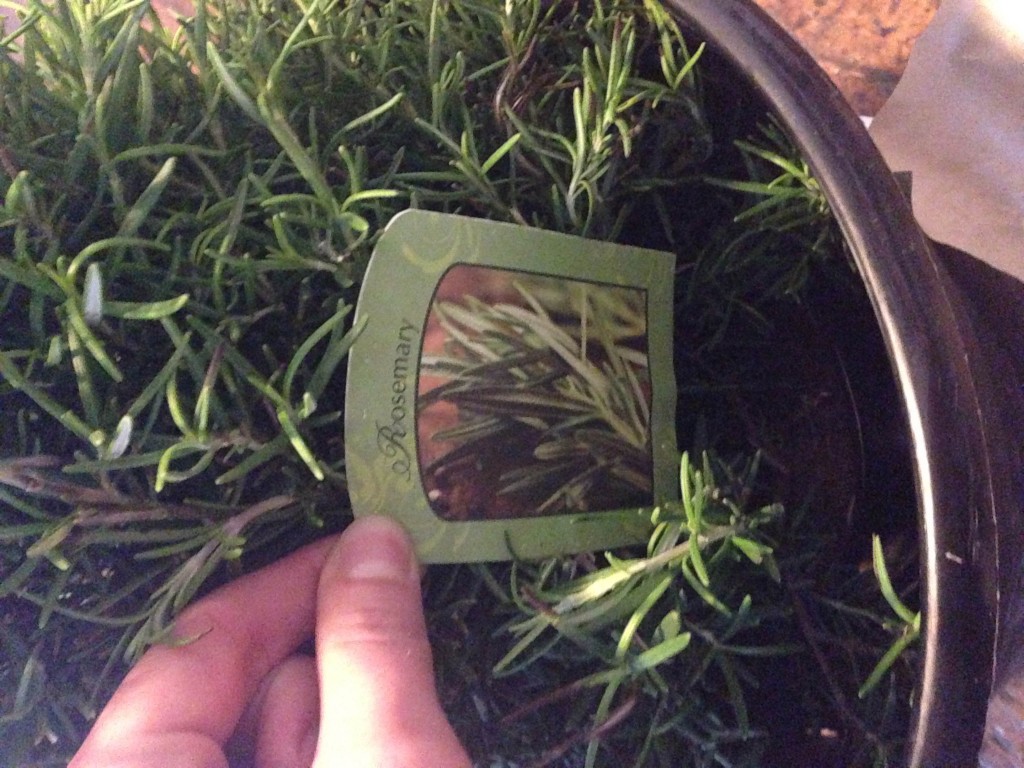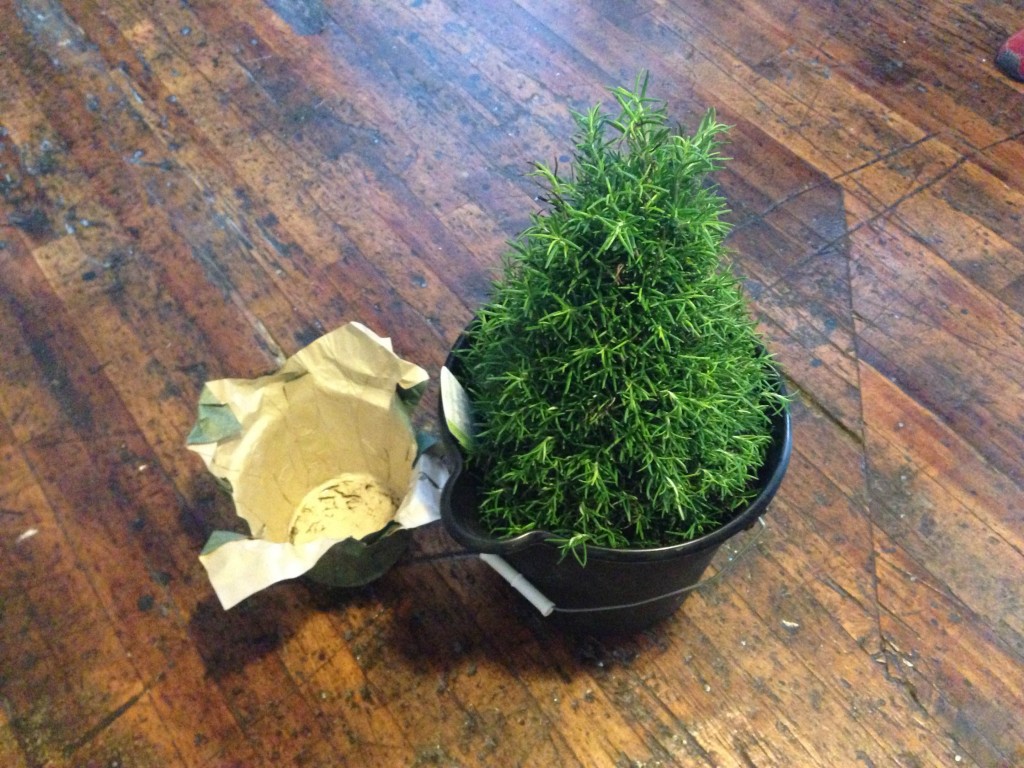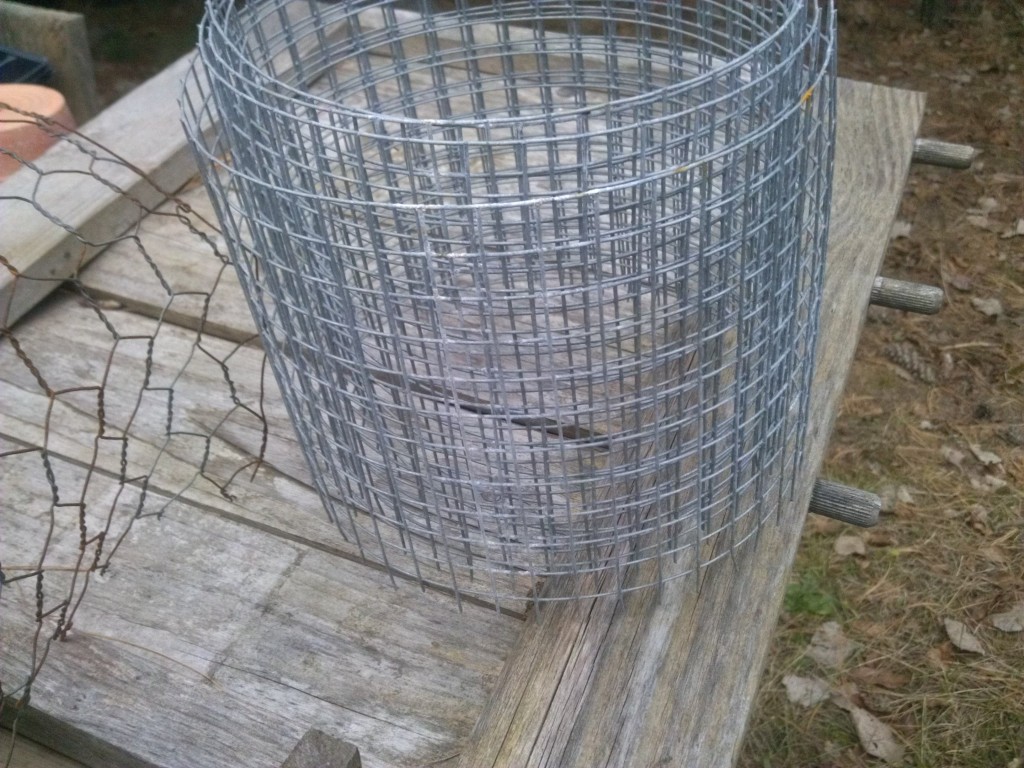Although nowhere near as popular as poinsettias, rosemary plants are becoming a favorite holiday plant.
Rosemary trimmed to a conical shape bears a striking resemblance to a miniature Christmas tree. Though it may look like it, rosemary is not related to pine, spruce or any other evergreen trees. It belongs to the mint family of plants which includes basil, thyme, mint and sage.
Just brushing against the leaves of a potted rosemary releases its signature fragrance that can fill a room.
In most cases, fresh sprigs can be cut from a potted rosemary and be used in recipes calling for this herb. I say in most cases because sometimes plant growers apply systemic pesticides to their rosemary crop. In that case the rosemary is intended for ornamental use only and not for consumption. Always read the plant tag before assuming your plant is OK to use in the kitchen.
Rosemary is fairly easy to care for if you pay attention to its watering needs. Even though it grows wild in the dry, arid regions of the Mediterranean, to thrive in a home environment, rosemary requires even moisture.
To water a potted rosemary, I like to immerse the entire pot into a bucket of water until the soil is completely saturated. If it floats in the bucket, I leave it in longer. I then set the pot into the kitchen sink to let excess water flow through. When no more water drains out, I know it’s safe to put it back in its foil wrapper or on its saucer.
Don’t be tempted to water it and let water stand in the saucer or wrapper thinking that is supplying even moisture. Standing water will drown and kill rosemary roots and eventually the entire plant.
On the other hand, don’t let the plant dry out. The stiff foliage doesn’t appear to wilt much when the plant gets dry, but damage can happen pretty quickly from lack of water.
Try this little trick: try to gauge how much your rosemary weighs before you water it. After the plant has drained in the sink, note how much heavier it feels when you pick it up. After a few times you’ll be able to have a good guess at how dry the plant is. If you’re not comfortable doing that, use a moisture meter — they’re relatively inexpensive and make a great Christmas gift!
Bob



